By Peggy Merriss
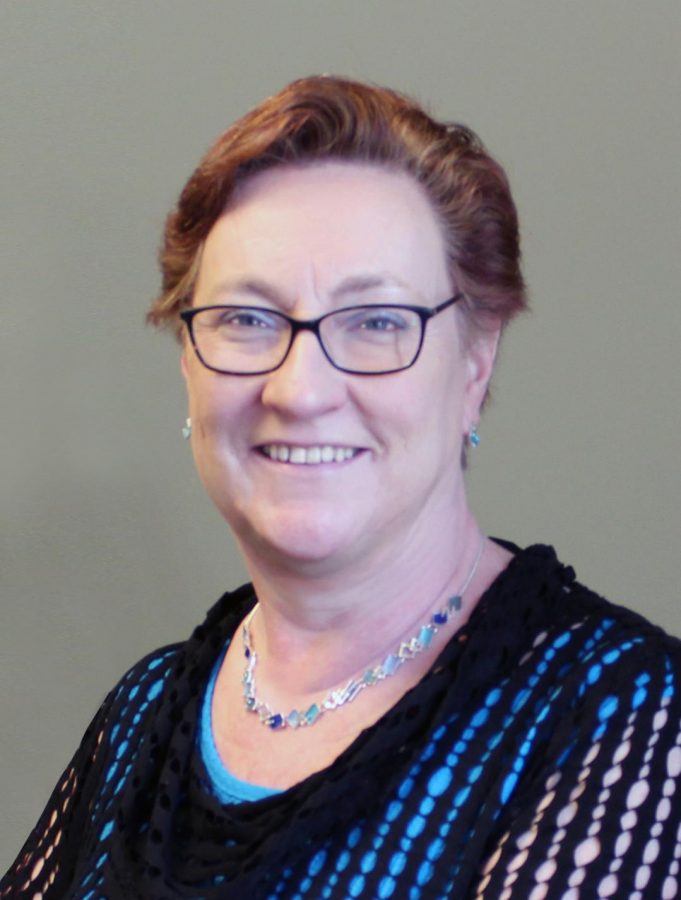 Editor’s Note: Decatur, Georgia, a winner of the All-America City Award in 2018, has a long history of engaging the public in planning processes and productive conversations about important local issues. As city manager of Decatur for 25 years and a city employee for even longer, author Peggy Merriss was an observer and participant in many of these conversations. This article was developed as part of the Richard S. Childs Fellowship, program a joint effort of the National Civic League and the Charles F. Kettering Foundation.
Editor’s Note: Decatur, Georgia, a winner of the All-America City Award in 2018, has a long history of engaging the public in planning processes and productive conversations about important local issues. As city manager of Decatur for 25 years and a city employee for even longer, author Peggy Merriss was an observer and participant in many of these conversations. This article was developed as part of the Richard S. Childs Fellowship, program a joint effort of the National Civic League and the Charles F. Kettering Foundation.
Introduction
In the late 70s, Decatur, Georgia’s central business district was hit hard when general department stores, including Belk’s and Woolworth’s, and grocery stores, moved to suburban malls and shopping centers. In addition, the Metropolitan Atlanta Rapid Transit Authority (MARTA) began building a heavy rail transit system east from downtown Atlanta, including an underground station in the heart of downtown Decatur that took more than three years to build. The construction bisected the historic Courthouse Square and was immensely disruptive to existing businesses.
The city hired an economic development team to put together a redevelopment plan to revitalize the square. The resulting plan primarily proposed demolition of most of the existing structures and construction of a number of high-rise office towers. The community responded in ferocious opposition and, according to then economic director Hugh Saxon, the result was such civic upheaval that the mayor was hospitalized from stress and there was a major change in the make-up and priorities of the Decatur City Commission.
Realizing that the proposed plan was not acceptable to the community, the city commission appointed the Decatur Downtown Redevelopment Task Force and hired a consulting group who worked together as the Decatur Square Development Team. This group was selected in part because of “its experience in citizen participation,” and because “the team believes that the direct participation in planning of all concerned – citizens, merchants, land and building owners, investors, elected officials and government agencies – is the only basis for effective urban design, particularly so in Decatur.”1
After a series of community meetings and using stakeholder “charrettes,” the 1982 Town Center Plan was created and subsequently adopted by the city commission. The Town Center Plan laid out ambitious goals and plans for the central business district using principles that would come to be known as “Smart Growth.” In addition, the plan relied heavily on economic redevelopment principles used by the National Trust for Historic Preservation’s “Main Street” program.
The plan lists ten “Citizen Goals” and ten policy directions that also included specific underlying tasks. The plan describes the significant public process, which ultimately involved over 160 participants. This effort became the foundation and framework for community engagement for the City of Decatur.
Symbolism and Connection
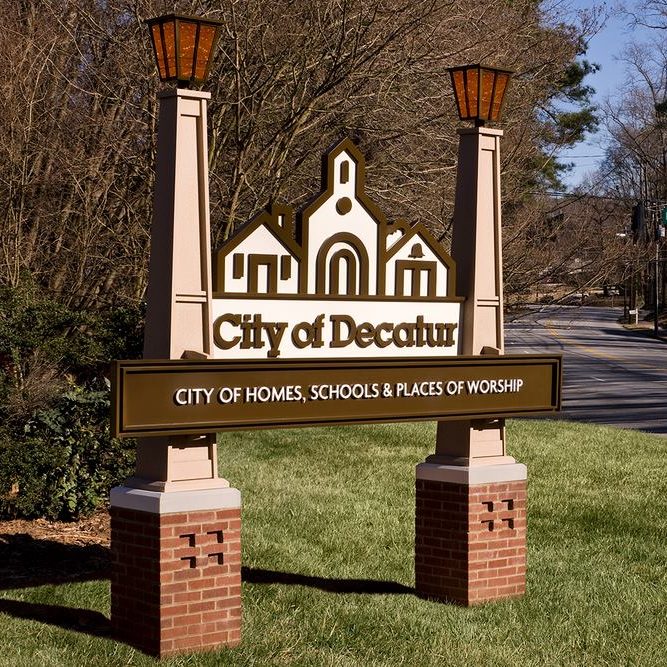 One of the recommendations of the Town Center Plan was to establish an organization that could be responsible for coordination, promotion, administration and business development for the central business district. The Downtown Development Authority (DDA) was formed and in 1983 Lyn Menne was hired as its Executive Director. Her approach to achieving economic revitalization was to start with achieving the Town Center Plan’s community redevelopment goals, which included seeking an image that could become the symbol or trademark of the city. She approached various community members and groups asking them to define what that symbol would be. The overwhelming response was that the city’s existing logo, developed in the late 1970’s, depicting the city’s motto of “A City of Homes, Schools and Places of Worship,” was the best option. (The motto developed in the 1950’s was actually. “A City of Homes, Schools and Churches.” In the early-1990’s, the City Commission changed “Churches” to “Places of Worship,” in order to be more inclusive.)
One of the recommendations of the Town Center Plan was to establish an organization that could be responsible for coordination, promotion, administration and business development for the central business district. The Downtown Development Authority (DDA) was formed and in 1983 Lyn Menne was hired as its Executive Director. Her approach to achieving economic revitalization was to start with achieving the Town Center Plan’s community redevelopment goals, which included seeking an image that could become the symbol or trademark of the city. She approached various community members and groups asking them to define what that symbol would be. The overwhelming response was that the city’s existing logo, developed in the late 1970’s, depicting the city’s motto of “A City of Homes, Schools and Places of Worship,” was the best option. (The motto developed in the 1950’s was actually. “A City of Homes, Schools and Churches.” In the early-1990’s, the City Commission changed “Churches” to “Places of Worship,” in order to be more inclusive.)
In order to engage the community around a central symbol and message, the DDA along with the city and with the assistance of several private businesses, began marketing the Decatur’s logo on vehicle license plates, t-shirts, ball caps and similar promotional items that connected the community to the city and also engaged residents as marketing and promotion staff. Increasingly, the logo became recognized throughout the region as something that was uniquely “Decatur” which in turn gave residents and business owners a tangible source of identity and connectivity to each other.
Connection before Context
Another strategy that came out of the Town Center Plan was to provide residents, business owners and visitors with opportunities to engage in community building while having fun and connecting through special events and festivals. By providing positive activities to meet each other and volunteer side-by-side in a non-threatening activity, a foundation was built for connections that would be needed during more difficult conversations and engagement activities. A by-product was that the city amassed an impressive database of community members that regularly served as volunteers for events. By the early 1990’s, Decatur was seen by the community and throughout metropolitan Atlanta as having its own brand that included a reputation for supporting a robust variety of special events and festivals.
Commitment
In order to build a culture of community engagement there must be political and operational commitment that includes making an intentional commitment to community engagement as a core principle. In the “early” days, the commitment included sticking with the Town Center Plan even when the measures of success were not universally obvious. In many ways, there was a significant period when citizen engagement was occurring in small and medium-sized ways that made progress possible. In Good to Great, Jim Collins describes this as “The Flywheel Effect.” He writes, “Point to tangible accomplishments – however incremental at first – and show how these steps fit into the context of an overall concept that will work. When you do this in such a way that people see and feel the buildup of momentum. They will line up with enthusiasm.” 2
Building Trust
By the late 1990’s, the city had achieved many of the significant goals and strategies of the Town Center Plan. In addition, Decatur had capitalized on the 1996 Olympics in Atlanta to jump start major capital improvements in the central business district and was seeing fast-paced redevelopment and renovation of restaurant and retail businesses. However, several development projects had resulted in significant community angst and political uneasiness for the city commission.
In 1996, approximately 11 acres on the eastern edge of Decatur were annexed into the city limits. Subsequently, a development proposal for approximately 100 single-family homes was submitted for approval. Nearby neighborhoods voiced strong opposition to the proposed plans. After a number of deferrals and discussions with the neighbors, the city commission approved the plan. However, many residents remained disgruntled over the process that they felt lacked community involvement and that disregarded their input.
By 1998, several other community issues had left simmering tensions either at or just below the surface. There were concerns surrounding decreasing racial diversity manifested in fewer African Americans living in the community and an increasing presence of gay and lesbian families. In addition, a redevelopment proposal for the historic Scottish Rite Hospital property that included construction of apartments, some of which were targeted for moderate income persons, had resulted in angry divisions of public sentiment throughout the adjacent neighborhood. Lastly, Agnes Scott College had proposed and ultimately, after about six months, received approval for the construction of a parking deck adjacent to a residential neighborhood. A general sense of uneasiness existed that resulted in questions about loss of direction and speculation about the validity of development strategies of the previous fifteen years.
Decatur Roundtables
In response, a proposal was made to conduct a citywide community dialogue based on the principles developed by the national Study Circles Resource Center (now known as Everyday Democracy). At first the city commission was hesitant to move forward. As Mayor Bill Floyd said at the time, “We don’t want to spend time sitting around singing kumbaya without any results.” However, after several community partners, including Agnes Scott College, Columbia Seminary, the Downtown Development Authority and the Decatur Business Association stepped up to provide part of the funding, the Decatur Roundtables were approved.
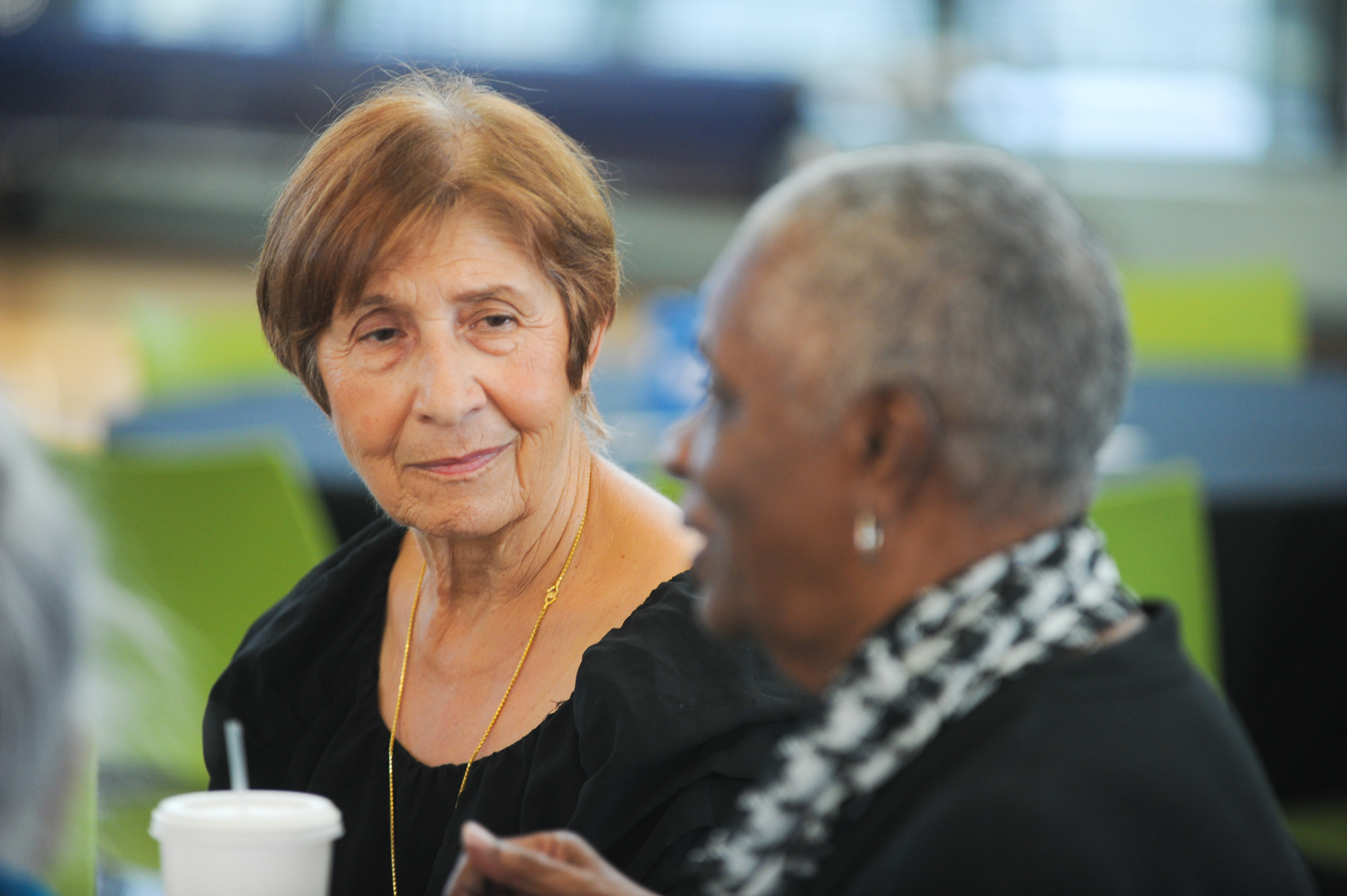 The Decatur Round Tables consisted of groups of 8-12 people who met three times over a six-week period for facilitated discussions. Groups were purposely put together to include racial, age, neighborhood and interest diversity. Round Table discussions were held at various days and times, including sessions in the evening and on Saturdays where childcare was provided. More than 500 residents and individuals representing businesses, government and institutions of the City got together to discuss their own experiences of life in Decatur. Participants then identified the issues that meant the most to them and created action items for building a stronger community where every voice could be heard. Over 200 people attended the community-wide concluding session, led off by the high school drum corps. Deputy City Manager Hugh Saxon responded that “it was the first time I was in a community meeting with hundreds of people who were glad to be there and weren’t all mad about something.”
The Decatur Round Tables consisted of groups of 8-12 people who met three times over a six-week period for facilitated discussions. Groups were purposely put together to include racial, age, neighborhood and interest diversity. Round Table discussions were held at various days and times, including sessions in the evening and on Saturdays where childcare was provided. More than 500 residents and individuals representing businesses, government and institutions of the City got together to discuss their own experiences of life in Decatur. Participants then identified the issues that meant the most to them and created action items for building a stronger community where every voice could be heard. Over 200 people attended the community-wide concluding session, led off by the high school drum corps. Deputy City Manager Hugh Saxon responded that “it was the first time I was in a community meeting with hundreds of people who were glad to be there and weren’t all mad about something.”
2000 Strategic Plan
The Round Tables resulted in 60 action item groupings that became the foundation for Decatur’s 2000 Strategic Plan process. The 2000 Strategic Plan was one of the first community-wide strategic plans for a local government that went beyond physical planning for future growth and development. It incorporated physical and economic planning but also included societal goals defined by the community and incorporated service delivery and fiscal direction. A monitoring plan was included to provide accountability.
The 2000 Strategic Plan took approximately 5 months to develop and included meetings with the Round Table Action Team, a series of Focus Group sessions that involved more than 100 participants, a community checklist process completed by over 150 people that resulted in prioritizing the ideas from The Roundtables, interviews with over 30 community-based organizations, and a community review workshop attended by over 200 people that included discussion sessions to work through the details of the plan. Overall, approximately 500 individuals participated in the development of the plan.

The 2000 Plan resulted in the following vision, three principles and ten goals:
Vision: The City of Decatur will assure a high quality of life for its residents, businesses, and visitors both today and in the future.
Principle A: Manage Growth While Retaining Character
Goal 1: Retain the Existing Character of Commercial Districts
Goal 2: Encourage A Diversity of Business Types with Particular Focus On Small Business
Goal 3: Protect Existing neighborhoods While Identifying the Potential For Selected Growth and Adopting Standards That Guide Further Growth.
Principle B: Encourage Community Interaction
Goal 4: Maintain and Encourage Racial, Ethnic, Economic, Cultural and Other Types of Diversity.
Goal 5: Reinforce Neighborhoods and Develop Connections Between Neighborhoods.
Principle C: Provide Quality Services Within Fiscal Limits
Goal 7: Increase Opportunities for Economically Diverse Housing for Persons Who Live or Work in Decatur.
Goal 8: Enhance Mobility In and Through Decatur.
Goal 9: Continue the Commitment to Environmental Quality
Goal 10: Continue to Provide Quality City and School System Services Within Fiscal Limits Acceptable to the Community.
Each goal was further divided into projects and tasks, with a final count of 28 projects and 102 tasks to be accomplished in a ten-year period. After adoption of the plan by the City Commission in July 2000, it became the guide for policy making, funding and programming decisions for the next ten years.
By the end of 2009, the city had adopted additional, more specific, issue-related community driven plans including a Community Transportation Plan (the first in the United States that included a Health Impact Analysis), an updated redevelopment plan, a cultural arts master plan and several others that addressed needs identified in the 2000 Strategic Plan. Of the 102 tasks in the plan, 92 were addressed.
2010 Strategic Plan
Entitled “Where to Next?” the 2010 Strategic Plan process included the debut of the decaturnext.com website as a portal for all things strategic planning related. Again, the process started with a series of Round Table discussions that were facilitated by community volunteers. Some 750 people participated in the Round Tables generating almost 7,900 ideas and images representing the current state of affairs, describing a possible future for Decatur and listing the issues facing the city.
In addition to the Round Tables, three “Community Academy” sessions were held to delve deeper in to three topics: 1) connectivity, streets for people, transit and parking; 2) aging, affordability and diversity; and, 3) “The New Main Street,” a session about business, jobs and fiscal sustainability. Combined, with the Round Tables, almost 9,000 ideas were presented. These were eventually sorted into 89 tasks. 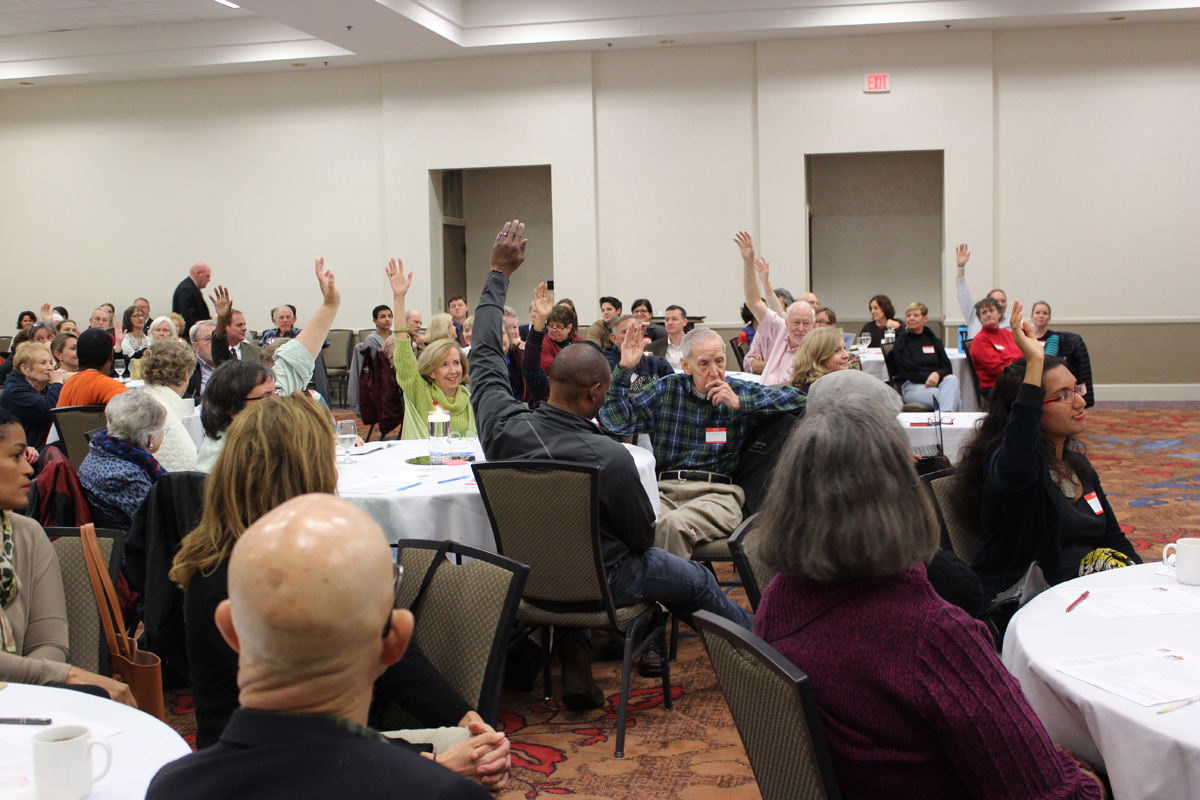
The input from the Round Tables and Community Academies indicated that many of the aspirations remained consistent with those articulated in the 2000 Strategic Plan. The three principles of the plan were tweaked slightly and “Principle D,” “Support a safe, healthy, lifelong community,” was added. The draft plan was presented in three open houses and at downtown pop-ups using vacant store fronts, as well as on decaturnext.com. Through the entire process over 1,500 people participated in developing the plan.
In keeping with the tone set by the 2000 Strategic Plan, the 2010 Plan also includes an implementation schedule for each task to provide accountability to the community. An additional level of accountability was added with the introduction of a “Vision-Based Budgeting” process for the city’s annual budget. A vision-based budget ties financial management to the strategic plan through a budget narrative that explains how the proposed budget supports each Strategic Plan principle and graphically demonstrates how each department’s financial resources also support the plan. For internal operating purposes, a “Principle E: Provide the necessary support within City government to achieve the vision and goals of the community” was added.
Building Capacity
Community engagement has become an integral part of the City of Decatur’s corporate culture because it builds civic capacity. Traditionally, community engagement can be perceived as a way to get input, direction or solutions to challenges and opportunities. However, a broader view of community engagement includes the community providing their skills, abilities and time while participating in the civic realm in a hands-on approach.
One such example is the Martin Luther King, Jr. Service Project (MLK Service Project). In 2003, the Decatur Preservation Alliance identified a need for maintenance and major repairs to homes predominantly occupied by elderly African American homeowners. Most of the residents had lived in their homes for 30+ years and desired to remain in the community but due to declining health, advanced age and/or limited financial resources, maintenance and repair of their homes and basic yard work and maintenance had not occurred. In order to meet this need and with the city’s support, a community group started the MLK Service Project that organizes volunteers, skilled craftspeople and contractors to volunteer over the MLK Holiday weekend to make home renovations, repairs, and do yard work. People from all over Decatur, as well as staff from local businesses and members of faith communities and professional organizations, join to improve the living conditions of some of the most vulnerable people, so they can comfortably remain in their homes with living costs being reduced through weatherization and energy efficiency improvements.
In January 2019 more than 930 volunteers worked on 27 homes and an additional seven yards. Accessibility ramps were constructed, flooring and subflooring replaced, porches were rebuilt, and new toilets and plumbing fixtures were added. In taking on a real need for residents, the community stepped up to address a wicked problem.
Another example is the Police Department Strategic Plan. Many of the city’s operating departments have developed their own strategic operating plans. The Decatur Police Department had strategic plans for many years, generally developed by the police chief and a few of the senior staff. In 2015, Police Chief Mike Booker decided to take a different approach. He recognized that the world in which law enforcement operates has changed. Significant social equity issues had gained national attention, instances of police-involved shootings had resulted in riots, marches and demonstrations and there was a lingering community issue in Decatur over allegations of racial profiling. Taking all of this into consideration, Chief Booker decided that for the next strategic plan to be successful, it had to developed with, and address issues important to, the community.
Approximately 24 individual focus groups comprising various ages, community members, business owners, city elected officials and the city’s management team, as well as police department employees (both civilian and sworn personnel) were held. All participants were provided opportunities to provide their desired “vision” and direction for the police department. With information gathered from the various focus groups, the department’s vision, mission, core values and guiding principles were reformulated to align with the ideas and needs of the community. Police department staff now see themselves as “community relations officers who enforce the law” and use the community to assist with problem-solving and being part of the solution. They have developed outreach efforts such as self-defense classes for women, Junior Police Academy summer camps, “Football, Franks and the Fuzz” flag-football activities, “Coffee with a Cop” and officers are encouraged, empowered and expected to work with the community to incorporate their interests and concerns into the daily operations of the department.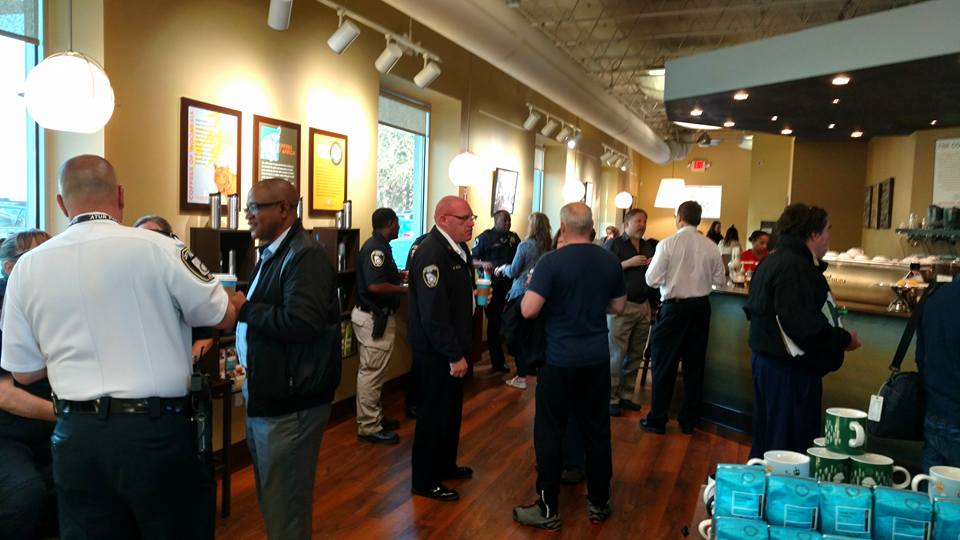
Lessons Learned
The overall lesson learned from close to forty years of community-based planning is that the time spent in the beginning working together produces much better policy, programs and procedures than trying to convince, cajole and enforce policy, programs and procedures developed without community participation. Community-based planning takes a lot of time and effort. But the reality is that time and effort are going to be spent one way or the other—either working with the community up front as partners and co-creators and moving forward, or, working with a community in the end and having to overcome anger and mistrust because they were not involved in the first place.
A lesson learned for Decatur has been to embrace long-term strategies and develop steps and phases that together over time achieve the larger goal. Small strategies become the steppingstones to “overnight success.” In the interim, progress is achieved and celebrated, and course corrections can take place if needed. Frequently communities and local governments become so focused on having to immediately reach a big outcome that paralysis occurs because the destination appears to be overwhelming. As described earlier, using the “fly wheel” approach allows progress to be made. If you never get started, you never finish.
Partnerships are vitally important to success. Of course, that includes community residents, but it also includes incorporating resources from institutions (including local schools, colleges and universities), non-profits, other governmental organizations, the business community, the faith community, professional associations and groups such as garden clubs, book clubs and neighborhood associations. In addition to potential financial resources, these groups can provide meeting space, in-kind services such as copying or mailing, volunteers, facilitators and snacks for participants. They can also get the word out to the community and often to those that can be harder to engage.
The last forty years of community engagement efforts has had a strong effect on the political culture of the city. It has resulted in the community using the strategic plans as a barometer for the people they have elected to the Decatur City Commission. This culture has consistently produced elected officials that hold common values and move forward as a team to implement plans and policies that support the strategic plan principles, goals and tasks defined by the community. In turn, the city commission has been able to stay focused on what they want to achieve as well as setting parameters for what they are not going to pursue.
Staff also understand their role in implementing the tasks included in the plan and know that there is an understood framework and time horizon for planning purposes. Not all tasks are expected to be completed in year one, so reasonable plans can be incorporated within the annual budget and planning process. This understanding also sets the tone for how the organization is expected to incorporate community into everything from everyday interactions to long-term capital improvements.
Vigorous community engagement takes time, effort and resources – it’s hard work. But it is foundational work that results in rewards that are more than worth the investment. Incorporating the breadth of what community means including residents, businesses and institutions, city staff, non-profits and other governmental organizations in a collaborative effort to define the challenges and issues that face a community and then actively engaging these partners in solution building and implementation to yield long lasting results by both addressing problems while building stronger civic connections and improving overall outcomes.
Peggy Merriss served as Decatur City Manager for 25 years before retiring at the end of 2018. She began working for the city in 1983 and held a variety positions, including director of personnel, before being appointed city manager. In June (2019) she was inducted into the Municipal Government Hall of Fame by the Georgia Municipal Association. She is currently serving as the interim city manager of Sandy Springs, Georgia.
1 “Development Plan, Proposal and Policies for the Decatur Town Center”, 1982, page 8. (Referred to commonly as the Town Center Plan).
2 Jim Collins, Good to Great (Harper Collins Publishers: 2001) 174-175.



